
Our science-based targets to reach net zero emissions
Science Based Targets initiative
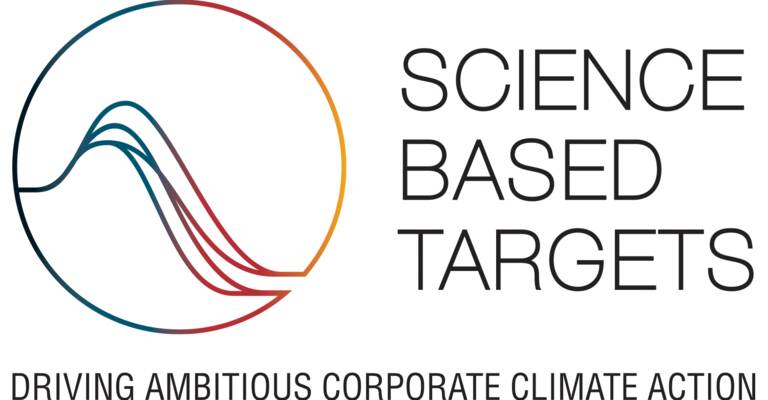
What is the SBTi and why set targets?
The Science Based Targets initiative (SBTi) is the leading organisation that helps companies define GHG emission reduction targets and assesses their scientific validity. The SBTi is a collaboration between the CDP, the United Nations Global Compact, World Resources Institute and the World Wide Fund for Nature. *
By validating greenhouse gas emission reduction targets companies have set against the latest scientific recommendations, the SBTi provides a science-based framework and guidelines for companies to set targets that are in line with the latest climate science, targets required to limit the most dramatic impacts of climate change as opposed to arbitrary targets.
To enable companies to set ambitious and meaningful reduction targets, the SBTi also provides industry-specific guidance, calculation tools, and other resources.
More about companies taking action & the Science Based Targets Initiative >
“A carbon emission target is defined as science-based if it is consistent with the level of decarbonisation that, according to climate science, is required to keep global temperature increase within well-below 2°C, and ideally 1.5°C compared to pre-industrial levels”
* Carbon Disclosure Project (CDP) – NGO that provides a global system for companies and cities to measure, disclose, manage and share environmental information
* United Nations Global Compact – the world's largest corporate initiative based on CEO commitments to implement universal sustainability principles and take steps to support UN goals
* World Resources Institute (WRI) – global research organisation in the fields of environment and socio-economic development
* WWF – independent nature conservation organisation
The scopes
Scopes are defined by the Greenhouse Gas Protocol (GHG Protocol). These carbon accounting scopes make it possible to categorise a company's GHG emissions according to their origin and their direct or indirect control. This forms the basis of an effective emissions management and reduction strategy.
What does all this mean for our customers, our partners and our suppliers?
Decarbonisation has become one of the focus points for companies across Europe to limit global warming to 1.5°C. What binds us together is our shared responsibility and commitment to achieve net zero. In fact, as a supplier, we are fully engaged in reaching the SBTi targets, helping other companies to reduce their emissions. This means total transparency and an uncompromising commitment for our entire value chain.
Customers
Our customers are looking for reliable, trustworthy partners who are committed to science-based targets, who can offer estimates of their equipment’s carbon footprint and who deliver concrete actions to reduce this footprint across the different life stages. We prioritise 6 key areas to get to net zero by fiscal year 2041, providing a clear and tangible roadmap.
Suppliers & partners
Suppliers represent 30% of our total carbon footprint (Scope 3 - upstream). Engaging with them is therefore essential for us to meet our carbon reduction targets. We started engaging with those suppliers critical to climate action to have them commit to the SBTi and share carbon data. We are also investigating innovative ways to reduce the footprint of carbon intensive raw materials and batteries. Besides our suppliers, our logistic partners are also being urged to adopt alternative solutions to lower CO2 emissions from transport.
High ambitions: our targets
As a first step, we defined our baseline (fiscal year 2023), i.e. what do we emit every year. This resulted in a programme that will help us to reach net zero. Our target is to reach net zero across our value chain by fiscal year 2041. The largest part of fiscal year 2041 lies in calendar year 2040, so this puts Toyota Material Handling Europe in the lead when it comes to climate ambitions.

Reaching our SBTi targets is a team effort
To reach our ambitious targets we have a dedicated net zero team that, together with colleagues from the entire organisation and — to date — well over one hundred of our customers and 88 of our strategic suppliers, focusses on six areas. Find out where we are today.
Our action plan
We defined six areas where we can decarbonise our emissions.
The first area focuses on our Scope 1 & 2 emissions. The remaining areas address our Scope 3 emissions. Specifically, the second and third area target materials, which account for 23.6% of our emissions. The fourth area addresses use phase emissions, representing 66.7% of our emissions, while the fifth area focuses on transport, which makes up 8% of our emissions. The last area covers the remaining 0.7% of our emissions.
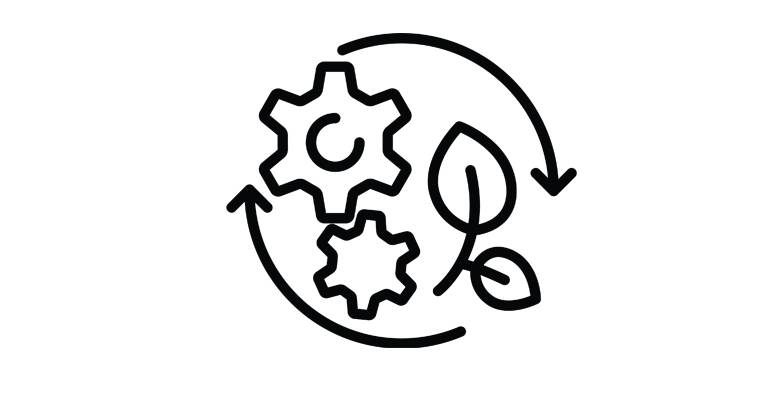
Action 1: Reach net zero in own operations
Ensure all energy used is net zero and improve energy efficiency:
- zero emission vehicles
- net zero in factories, sales companies & warehouses
- 100% green electricity
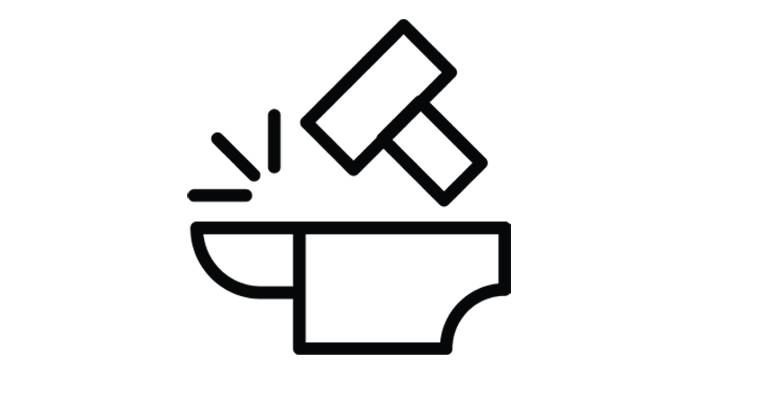
Action 2: Reduce material emissions
Focus on the two main materials with the highest CO2e intensity:
- transition to recycled and green steel
- transition to battery technology with low CO2e
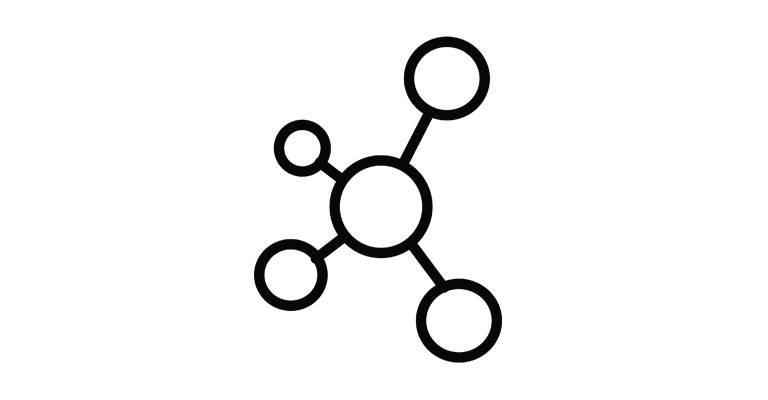
Action 3: Circularity
Improve eco-design and truck lifetime:
- use of recycled materials & parts
- extend lifespan
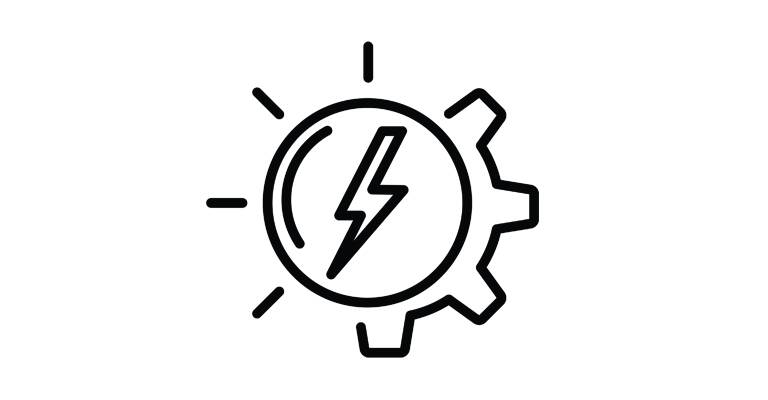
Action 4: Reduce use‑phase emissions
Collaborate with customers to switch to low carbon energy sources:
- next generation truck design
- green electricity
- increase energy efficiency

Action 5: Lower logistics emissions
Optimise logistics solutions:
- low carbon transport
- biofuel and electrical vehicles

Action 6: Employee-led initiatives
- optimised / limited business travel
- smarter employee commute solutions
Definitions & FAQ
What is SBTi?
The Science Based Targets initiative (SBTi) provides companies with a clearly defined path to reduce emissions in line with the Paris Agreement goals. More than 6,000 businesses around the world are already working with the SBTi.
Why is net zero important?
To reach net zero, we need to make sure that the carbon dioxide we release into the air is balanced by the amount we remove. This balance will help stop the increase of greenhouse gases in the atmosphere.
Achieving net zero means we have to completely change how we produce and use energy, how we transport materials and how we make and consume goods. These changes are crucial to prevent the worst effects of climate change.
What is a company’s baseline?
A baseline is a reference point (year) used for comparison towards SBTi.
Is it mandatory to set net zero targets?
It is not. However, companies that committed to the SBTi on or after 15 July 2022 are required to use Version 5 of the criteria which requires alignment with a 1.5°C-pathway for most companies.
Are Toyota Material Handling Europe’s targets approved by SBTi?
Yes, they are.
What are Toyota Material Handling Europe’s sbti targets?
On March 27, 2024, the SBTi has validated the science-based greenhouse gas emissions target(s) submitted by Toyota Material Handling Europe AB conform with the SBTi Corporate Net Zero Standard. Our target is to reach net zero across our value chain by fiscal year 2041.
Read our 2024 status report >

